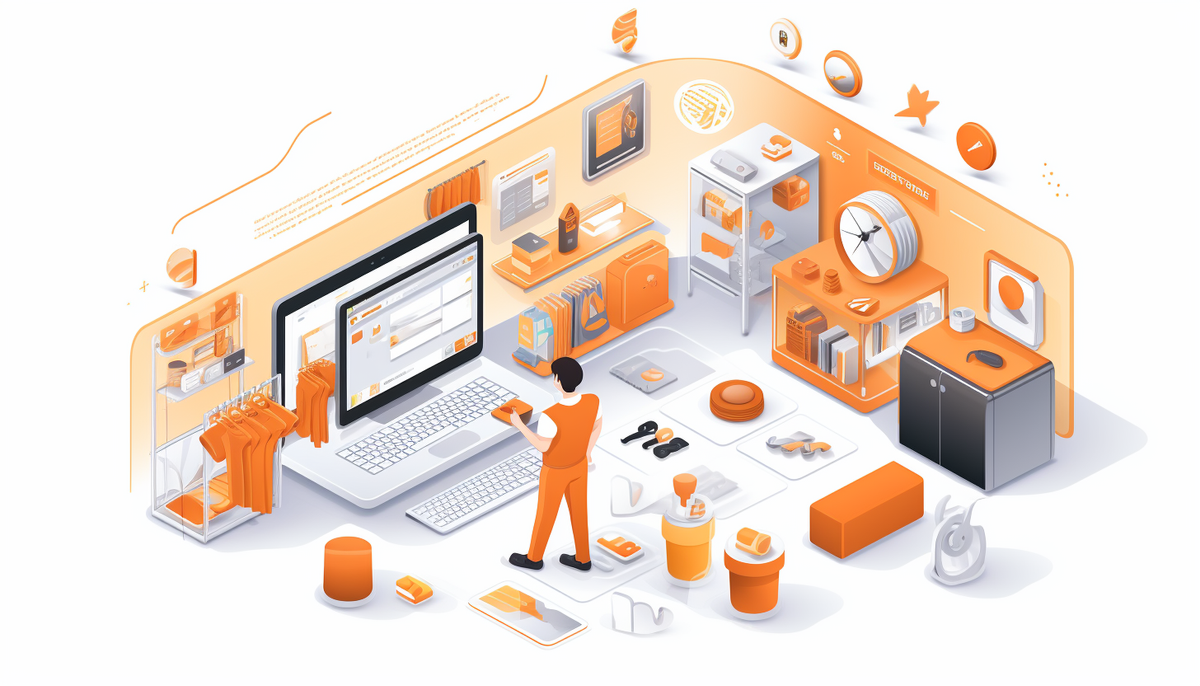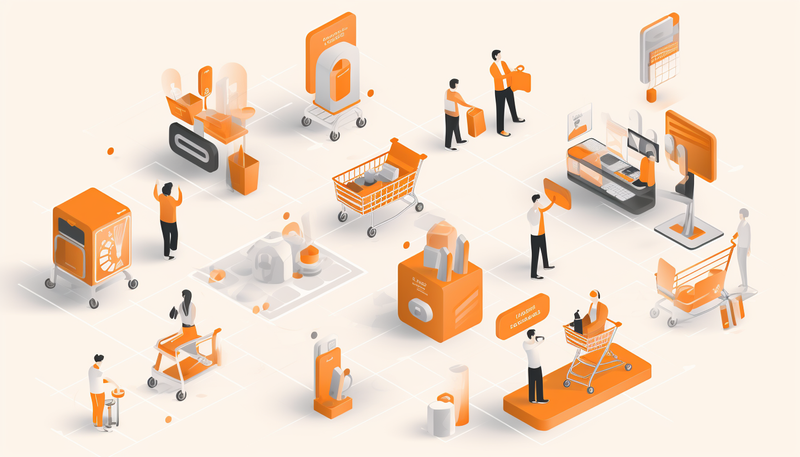How do you figure out the design your website needs to have? Sometimes what you might like in terms of style isn't always best for the overall brand you're trying to achieve.
First, we recommend taking the time to think about the main message you’re trying to convey. What is your value for customers? Think of the emotions that you want your customers to feel and experience with your brand. These are the things that might help you decide between things like hi-tech effects, minimalistic designs, casual style, or poppy eye-catching designs.
Another perfectly viable option if you’re still stuck is to have a look at your competitor’s website. Think about how well they’re doing and remember that you’re vying for the same customer base and the same audience. See what works well, what might not work well, and take that as your chance to one-up the competition.
Ready-Made Theme
Ready-made designs are always a safe bet for initial implementation (not to mention taste and budget), but they have their technical peculiarities and nuances that’ll need some special attention and behind the scenes tweaking. In some cases, it may be a better option to spend some time scoping out the ready-made website templates to see what may work for you.
However, if you can’t find something that seems perfect enough to make the stars align, we’re here to help with that too. Custom design templates can sometimes cost a bit more, and take a little longer to be up and running, but you’ll know that it’s been done exactly for you, with your needs in mind, and will need little modification at the end of the day.Several popular websites sell templates for web stores:
- Magento shop themes at Marketplace
- Shopify store layouts
- Woocommerce estore themes
- Template Monster
- Theme Forest
While you may be able to find your “dream theme” anywhere in the price range of $30-$500 at one of these places, there are a few things that we should probably mention before you sign on the dotted line.
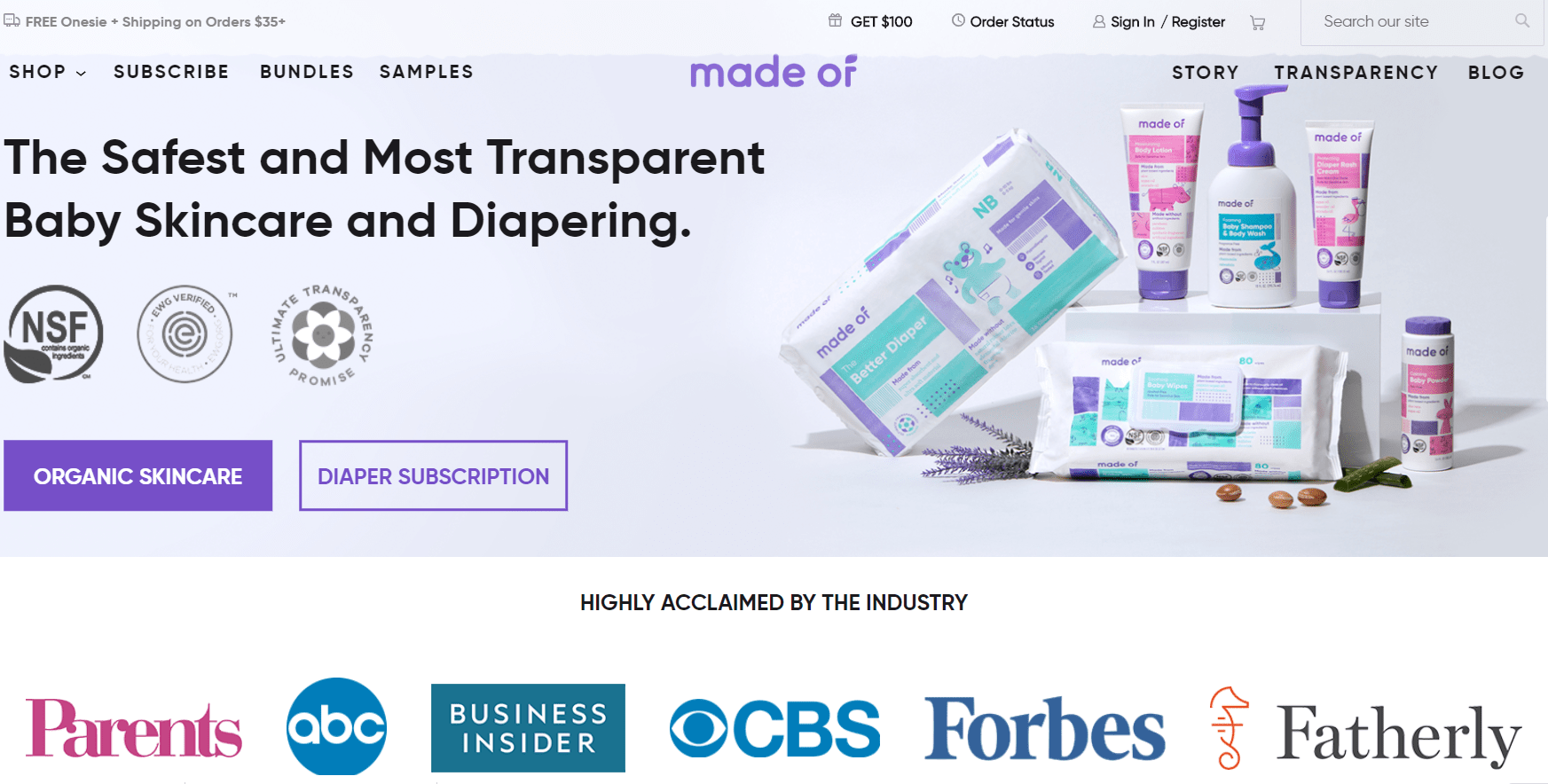
A ready-made solution is never as good as a bespoke one, so there are likely to be some bugs and kinks that will require a bit of working out before the end up affecting things like user experience, money operations, etc.
Those who make the themes typically know more about design and flow-ability than they do marketing and metrics, so that means some of these themes may not be SEO friendly. For example, if metadata isn’t included in the code, google bots aren’t going to be happy when they crawl your website looking for the good stuff. Microdata is what allows these crawlers to find things like ratings, costs, testimonials, etc and it can definitely help to make or break you when it comes to the search results ranking. If there isn’t Microdata on the page, you’re not putting your best foot forward.
Loading times can be a bit tough. While the pages may look great, the color bright and attractive, and the content in perfectly laid out spaces, it’s of no use if no one has the patience to see it, and that can often be the case with more massive pages like these. Remember, anything over 3 second loading times and your bounce rate is likely to increase like crazy.
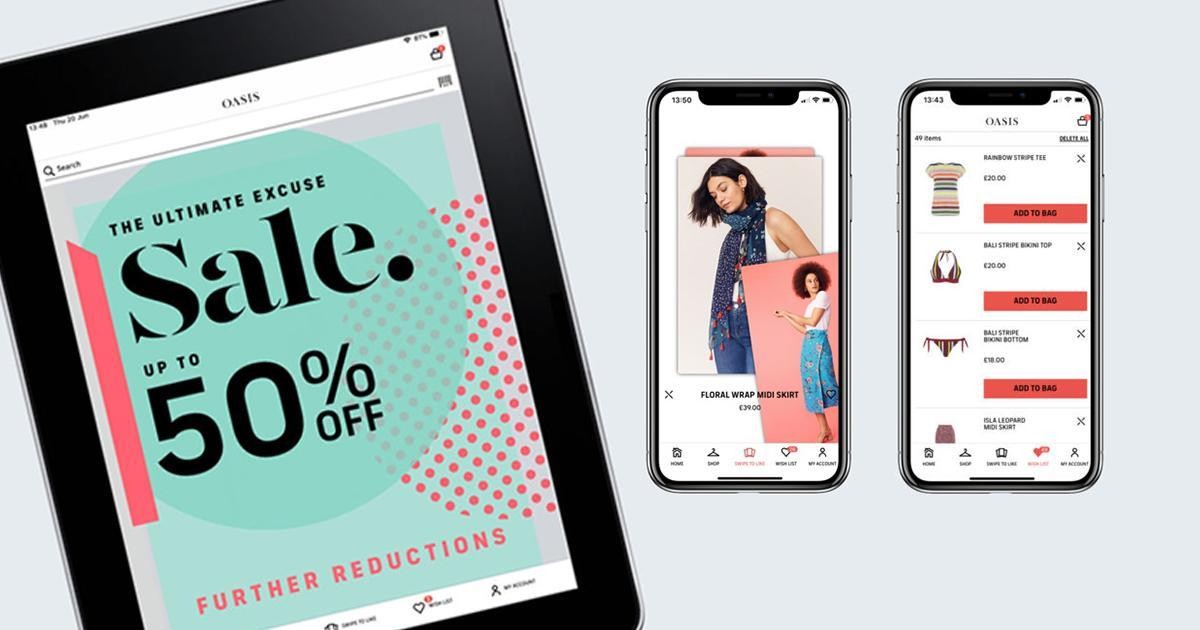
However, these things aren’t necessarily the end of the world, especially now that you’re aware of them. If you’re considering a ready-made option, take a few minutes to check in with the author to fix any bugs that may appear, add in SEO features, and see if they can accelerate pages once you’ve purchased, they’ll most often work with you in that aspect.
Second, you can customize the theme that you want from scratch. For example, the default Magento 2 theme supports Microdata and performs well. Once you’ve started with the base, all you have to do is find a few image examples and things that you like and show them to your developer team. They can add in the necessary features around what you’ve already given them and end up with the website you’d always dreamed of. In the end, if done correctly, both of these options will likely have the same overall cost.
Custom Design
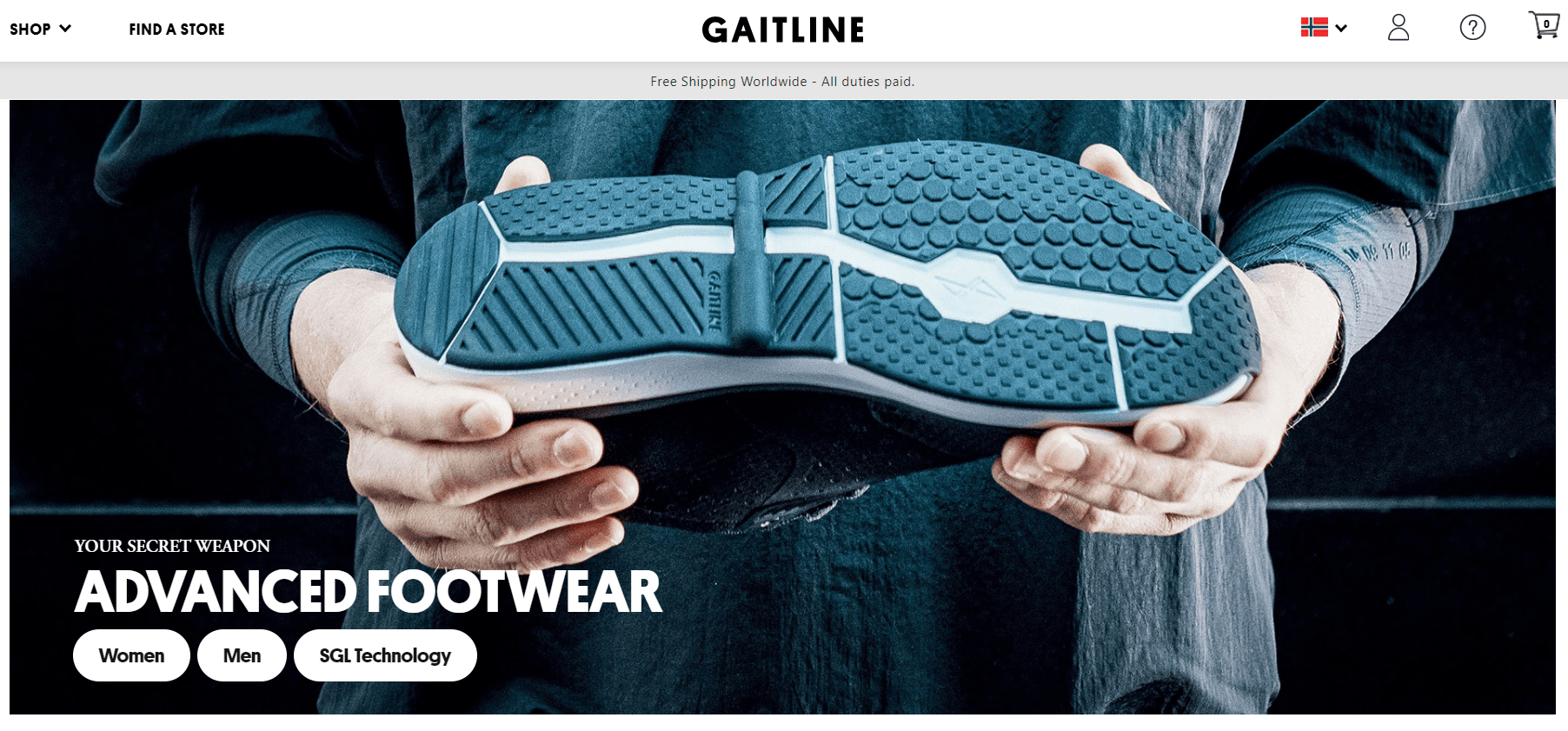
In today’s digital world, it’s more important than ever to make a great impression on your customers and users right from the start to stay competitive. Custom design templates not only make your brand stand out in this way, but they actually make your brand even more recognizable and relatable over time. One thing is for sure, it’s not enough to attract the attention of your customers once, you need to ensure that they keep coming back, remember your brand, like and identify with it, and then they’ll return to your store over and over again.
Not to mention, there are some technical advantages of custom design templates:
- It will significantly add to your SEO friendliness — getting in from the beginning means nice and clean code that will make Google happy.
- An online store with well-organized architecture makes scaling and customizing so much easier as your business grows and changes over time.
- There’s a sense of security and stability that comes with a custom theme development. You don’t have to worry about security breaches and bugs.
- Speedy performance: We mentioned this earlier too. Ready-made website templates aren’t always fast and can be poorly tested. With your own solution made from scratch, you’re much less likely to run into these kinds of issues.
Final Words
We hope you’ve enjoyed this series and that you now have a fuller image of ecommerce design. If you have any questions about anything we’ve mentioned here, or just want to get in touch, we’re always glad to help.

